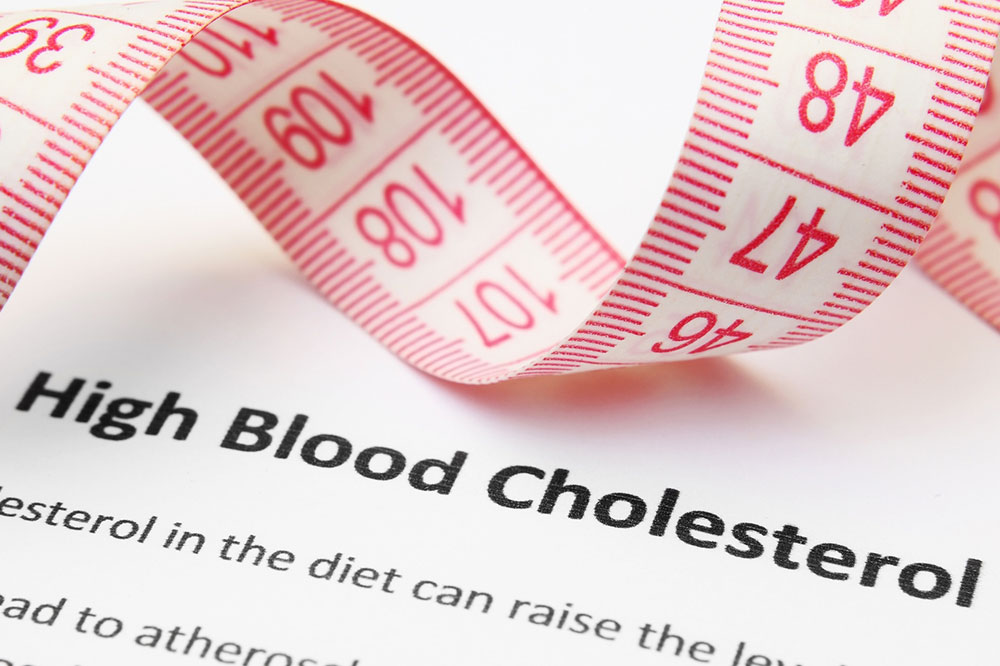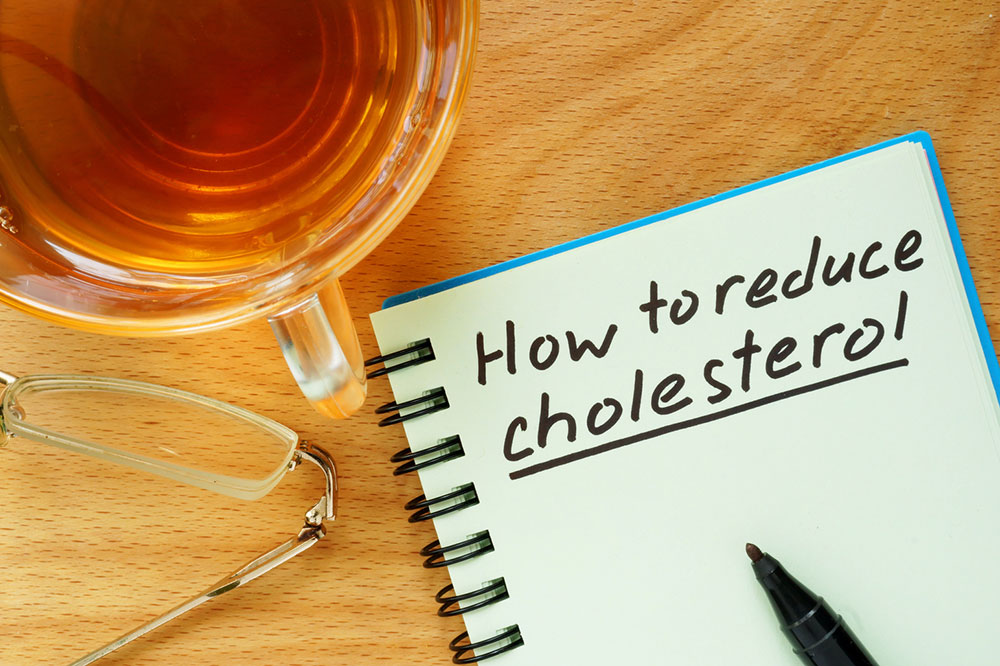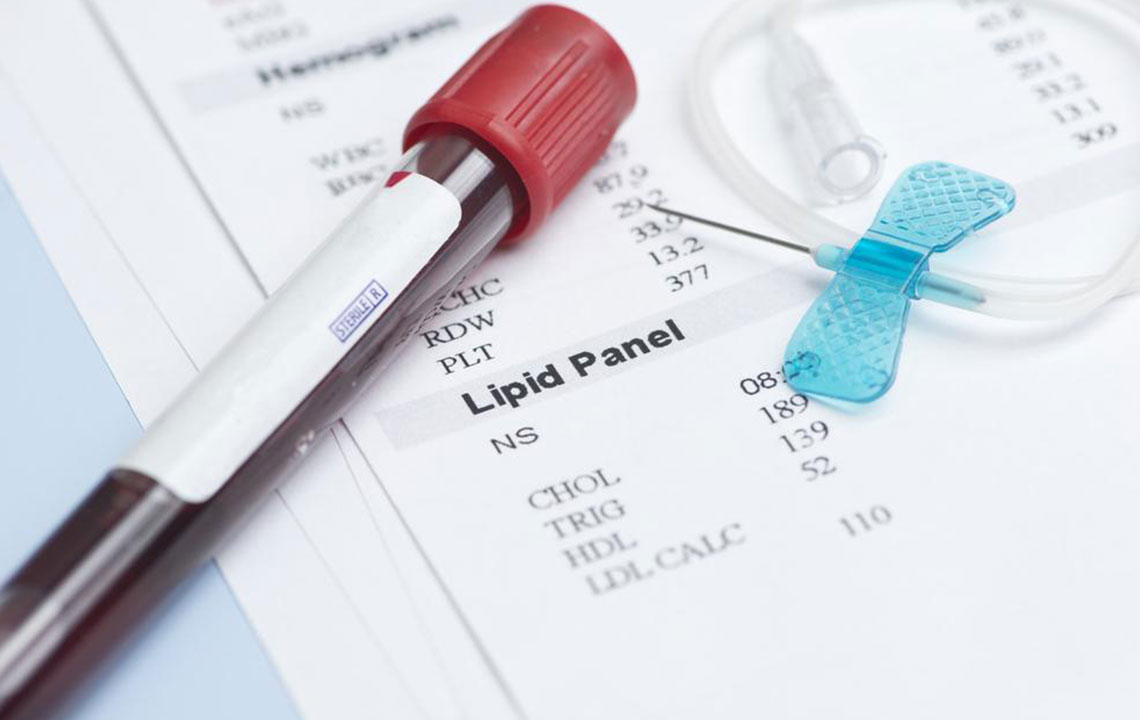Comprehensive Guide to High Cholesterol: Symptoms, Causes, and Health Risks
This comprehensive guide explores high cholesterol, detailing its symptoms, causes, and associated risks. It emphasizes the importance of regular screening, healthy lifestyle habits, and medical management to prevent cardiovascular diseases. Understanding cholesterol types and risk factors empowers individuals to take proactive steps towards better heart health and disease prevention.

Comprehensive Guide to High Cholesterol: Symptoms, Causes, and Health Risks
High cholesterol is a common health concern affecting millions worldwide. It occurs when there is an excess accumulation of fatty, waxy substances in your bloodstream, primarily composed of cholesterol molecules. Though cholesterol plays a vital role in forming cell membranes, producing hormones, and aiding in vitamin D synthesis, too much of it in the blood can lead to serious health complications. Understanding the nuances of cholesterol levels, their implications, and ways to maintain optimal health is crucial for preventing cardiovascular diseases.
In this detailed guide, we'll explore what high cholesterol entails, common symptoms (which often go unnoticed), the causes behind elevated levels, and associated risk factors. Additionally, we will discuss effective prevention strategies, the importance of regular monitoring, and management options through lifestyle modifications and medications to help you stay healthy and reduce your risk of heart disease.
What is High Cholesterol?
Cholesterol is a waxy, fat-like substance that circulates through your blood, essential for various bodily functions. However, when levels become excessively high, it can form plaques in the arteries, impeding blood flow and potentially causing life-threatening events such as heart attacks and strokes. It is often diagnosed through a simple blood test called a lipid profile, which measures different types of cholesterol in your blood.
Understanding the balance of different cholesterol types is key. These include High-Density Lipoprotein (HDL), known as the 'good' cholesterol, which helps clear excess cholesterol from your bloodstream, and Low-Density Lipoprotein (LDL), known as the 'bad' cholesterol, which contributes to plaque formation in arteries. Triglycerides, another type of fat measured in the blood, also influence cardiovascular risk. Maintaining optimal levels of all these components is vital for heart health.
Symptoms of High Cholesterol
Interestingly, high cholesterol rarely causes any noticeable symptoms. Many individuals remain unaware of their elevated levels until they undergo blood screening. Over time, high cholesterol can lead to a buildup of plaque in arteries, resulting in conditions like atherosclerosis, but these complications usually develop silently without initial symptoms. As the disease progresses, signs such as chest pain, shortness of breath, or numbness in limbs may appear, but these are often signs of advanced disease.
Therefore, regular check-ups and blood tests are essential for early detection and prevention of complications associated with high cholesterol.
Causes of High Cholesterol
High cholesterol can be influenced by a variety of factors. It mainly results from an imbalance between the intake of cholesterol-rich foods and the body's ability to manage and eliminate excess cholesterol. The underlying causes include dietary habits, genetics, and lifestyle choices.
Cholesterol is transported in the blood by lipoproteins, which are classified as HDL and LDL. An elevated level of LDL cholesterol is harmful because it deposits in arterial walls, forming plaques that narrow and harden arteries—a condition known as atherosclerosis. Conversely, HDL works to transport excess cholesterol back to the liver for disposal.
Factors impacting cholesterol levels include:
Dietary habits: Consuming foods high in trans fats and saturated fats, such as processed baked goods, fast food, red meats, and full-fat dairy products, significantly raises LDL levels.
Physical inactivity: Sedentary lifestyles contribute to higher LDL and triglyceride levels while lowering HDL, increasing cardiovascular risk.
Obesity: Carrying excess weight, especially around the abdomen, increases bad cholesterol and lowers good cholesterol, putting added strain on the heart.
Genetics: Family history plays a significant role, with some individuals inheriting genes that predispose them to high cholesterol regardless of lifestyle.
Age and gender: As people age, liver efficiency declines, leading to increased cholesterol levels. Men typically have higher cholesterol levels earlier in life, but women's levels tend to increase after menopause.
Other health conditions: Diseases like diabetes, hypothyroidism, and certain kidney conditions can exacerbate high cholesterol.
Medical professionals recommend periodic lipid profile tests to monitor and manage cholesterol levels effectively.
Risk Factors Associated with High Cholesterol
Elevated cholesterol levels are linked to a higher risk of developing several severe health issues, particularly cardiovascular diseases. Understanding the risk factors can help individuals take preventive actions early on. Significant risk factors include:
Diet: Consuming foods rich in saturated fats and trans fats accelerates plaque buildup.
Smoking: Tobacco damages blood vessel walls, making arteries more prone to plaque accumulation, and reduces HDL levels, worsening the imbalance.
Physical inactivity: Lack of exercise not only increases LDL but also reduces HDL, impairing your body's ability to manage cholesterol levels.
Obesity: Excess body fat, especially abdominal fat, is associated with higher bad cholesterol and lower good cholesterol levels.
Genetics: Familial Hypercholesterolemia is a genetic disorder causing extremely high LDL levels regardless of lifestyle.
Age and gender: Older adults tend to have higher cholesterol. After menopause, women experience increased levels, raising their risk.
Underlying health conditions: Conditions such as diabetes significantly amplify the risk of high cholesterol-related complications.
Adopting healthy habits and regular screening can greatly reduce your overall risk, preventing serious cardiovascular events.
Managing and Preventing High Cholesterol
Thankfully, high cholesterol is a manageable condition. A combination of lifestyle modifications, dietary adjustments, and medications forms the cornerstone of prevention and treatment strategies.
Effective management includes:
Healthy diet: Focus on consuming more fruits, vegetables, whole grains, lean proteins, and healthy fats such as omega-3 fatty acids found in fish and flaxseeds. Limit intake of saturated fats, trans fats, and refined carbohydrates.
Regular exercise: Engaging in at least 150 minutes of moderate-intensity aerobic activity per week can help increase HDL and lower LDL and triglycerides.
Maintaining a healthy weight: Losing excess pounds through diet and exercise can substantially improve cholesterol profiles.
Smoking cessation: Quitting smoking enhances HDL levels and reduces arterial damage.
Medications: For individuals with significantly high levels or those at risk, doctors may prescribe statins or other lipid-lowering drugs to control cholesterol effectively.
Routine health check-ups: Regular testing enables early detection and management, preventing further complications.
In conclusion, managing high cholesterol involves an active partnership between you and your healthcare provider. Through informed lifestyle choices and medical treatment when necessary, you can significantly decrease your likelihood of developing serious cardiovascular diseases, leading to a healthier, longer life.





